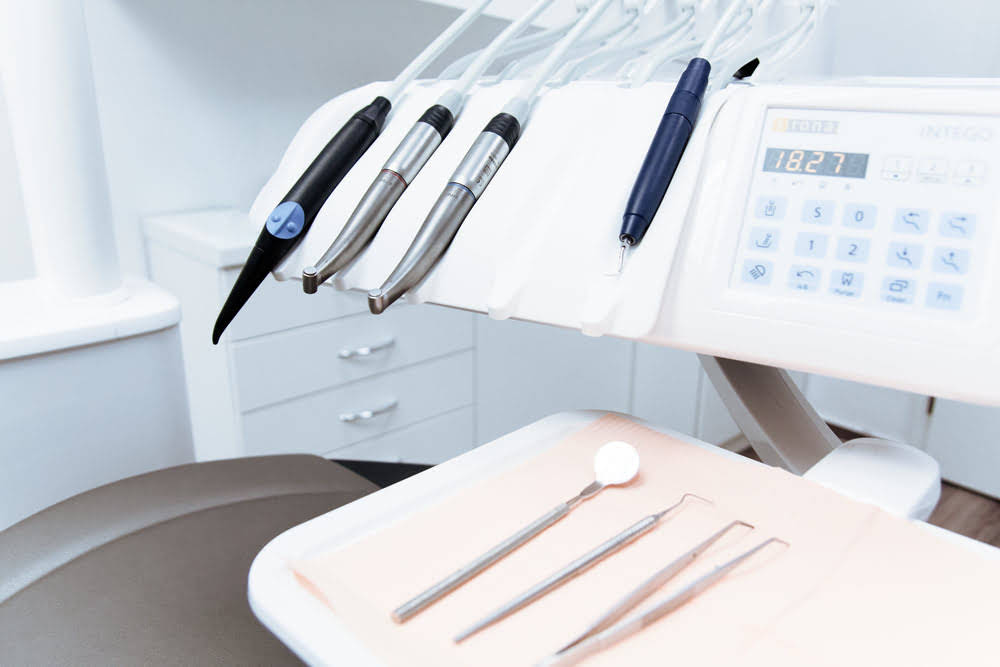Understanding Incremental Costs in Business

Companies utilize incremental revenue as a comparative measure with their baseline revenue level to calculate their return on investment. They may then determine how much money they can afford to spend on marketing efforts and how much sales volume is required to generate a profit for the company. Training costs may arise if new hires require onboarding, especially for specialized roles. Higher production levels can also lead to increased worker fatigue, raising absenteeism or turnover, which further impacts labor costs. If a company relies on just-in-time inventory, increased production could require adjustments to storage incremental costs capacity or distribution logistics.

Incremental Cost: How to Calculate and Use It for Decision Making and Cost Benefit Analysis
- Companies utilize incremental revenue as a comparative measure with their baseline revenue level to calculate their return on investment.
- Incremental costs are expenses, and producing more units at a particular volume can outweigh the benefits.
- When incremental costs are added, the fixed costs normally do not change, implying that the cost of the equipment does not vary with production levels.
- There is a requirement to create a spreadsheet that tracks costs and output.
- It is often computed when a corporation creates enough output to cover fixed costs and has progressed past the breakeven threshold, where all future costs are variable.
In summary, incremental cost isn’t a mere line item on a balance sheet; it’s a gross vs net compass guiding us through the labyrinth of choices. Whether you’re a business leader, a student, or an everyday decision-maker, understanding and leveraging incremental cost empowers you to navigate complexity with clarity. By analyzing these incremental costs, the firm can allocate its resources effectively and maximize returns. Also called marginal analysis, the relevant cost approach, or differential analysis, incremental analysis disregards any sunk cost (past cost). Incremental analysis is a decision-making tool used in business to determine the true cost difference between alternative business opportunities.
- Incremental cost includes a cost-to-benefit analysis to guide businesses in smartly choosing battles.
- Here are some incremental cost examples based on different scales of production.
- Incremental costs are usually lower than a unit average cost to produce incremental costs.
- The endeavour to calculate and precisely estimate such expenses aids a corporation in making future investment decisions that can boost revenue while decreasing costs.
- However, the long-term benefit—cleaner air, healthier communities—justifies the investment.
What Does Incremental Costs Mean?

If you increase your output to 15,000 shirts at a total cost of $120,000, Law Firm Accounts Receivable Management your incremental cost will be $20,000. This means the $20,000 additional cost will produce 5,000 extra units on your product line. However, the $50 of allocated fixed overhead costs are a sunk cost and are already spent. The company has excess capacity and should only consider the relevant costs.
Understanding Incremental Cost
Each organization determines costs differently based on its overhead cost structure. The separation of fixed and variable costs, as well as the assessment of raw material and labor costs, varies by organization. Expanding capacity often involves capital expenditures, such as purchasing new machinery or upgrading facilities. Unlike variable costs that fluctuate with production, these investments create long-term financial commitments. If expansion involves leased equipment, businesses must consider classification under ASC 842, which affects balance sheet reporting and lease liability calculations. It is closely related to incremental cost but focuses on a per-unit basis rather than the total additional cost of a decision.

To increase production by one more unit, it may be required to incur capital expenditure, such as plant, machinery, and fixtures and fittings. A restaurant with a capacity of twenty-five people, as per local regulations, needs to incur construction costs to increase capacity for one additional person. As a result, the total incremental cost to produce the additional 2,000 units is $30,000 or ($330,000 – $300,000). This means the cost of production to make one shirt is at $10 in your normal production capacity.


